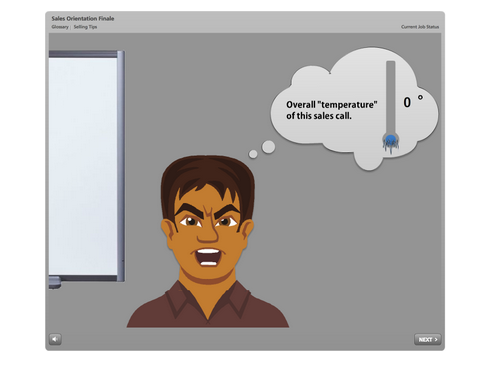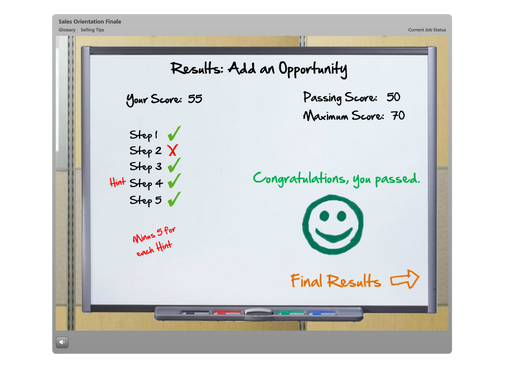
With news of more and more presidential candidates dropping out of the 2016 race, it’s worth noting that even though these hopefuls didn’t reach their ultimate goals, they did glean a unique and interesting experience.
Not many can say they made it as far as Ted Cruz or John Kasich did in the race to become the next US president. And while they failed to achieve their objective, they’ve learned powerful lessons from their time within the race.
It’s an important lesson to remember when developing training, too. Experiences with both positive and negative outcomes produce powerful teaching moments.
In this post, we’ll take a deeper dive into the importance of using experience-based training to show learners the value of both positive and negative results.
Learning from Experience: The Good, the Bad, and the Ugly
In developing training modules, especially those with branched scenarios in which different paths produce different end results for the learner, the learner needs to learn from their performance, be it good or bad.
Sure, there’s a time and place for positive reinforcement, but by allowing learners to gauge the outcomes of the choices they made, they come to better understand what works and what doesn’t.
For example, take this Sales Orientation course we created back in 2012. In the portion of the course in which learners perform a sales call, they got a temperature reading based on the actions they took during the call. If they made poor choices and made the customer angry, the temperature went up.

In addition to this, learners were able to see their score/rating as they worked through the steps of a process. When they saw that they failed a specific step, it indicated the need to revisit a certain aspect of the process.

These elements allowed the learner to benefit from both negative and positive experiences. Not everyone got a gold star for participation.
Failure IS an Option
In these days of participation trophies and schools who use purple pens to grade papers (because red pens are too negative) it’s easy to get caught up in the trend of everything needing to be positive. But here’s a lesson for you kids: The real world isn’t really that forgiving. Most of us realize our kids shouldn’t be raised in this bubble, so why would we want to train our employees in that bubble either?
Think of some of the most valuable lessons you’ve learned in your life. What are your most memorable life moments where you learned something you hadn’t known before?
It’s certainly possible that was during a success, but odds are at least some of those moments are from a failure. The fact is that failure, when positioned properly, can be the most powerful teaching tool we have. When you combine this with a story or game-like element where learners are motivated to not fail, and you have a recipe for some powerful learning moments.
Don’t Coddle Your Learners
Do you think the candidates who ran for president this year left the race unscathed? Take one look at the news, and you’ll see they most certainly did not.
However, the lessons learned from participating in the presidential race are experiences they can pull from during the rest of their professional careers.
For learners in a training context, the same is true. Outcomes, both good and bad ones, help better inform the trainee and allow them to get hands-on experience with a new process, software, or soft skill.
The bottom line: Don’t be afraid to incorporate some negative experiences—you’re not going to permanently damage your learners, we promise. Experience is about trial and error, and noting success (and failure) along the way.
